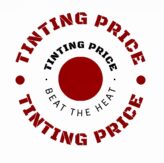Best Auto window tinting in Hollywood CA
There is nothing Healthy about tan
A sunbed, tanning bed or sun tanning bed is a device that emits ultraviolet radiation (typically 95% UVA and 5% UVB, +/-3%) to produce a cosmetic tan. Regular tanning beds use several fluorescent lamps that have phosphor blends designed to emit UV in a spectrum that is somewhat similar to the sun. Smaller, home tanning beds usually have 12 to 28 100 watt lamps while systems found in tanning salons can consist of 24 to 60 lamps, each of 100 to 200 watts.
We take the burning sensation off the skin
There are also “high pressure” tanning beds that generate primarily UVA with some UVB by using highly specialized quartz lamps, reflector systems and filters. These are much more expensive, thus less commonly used. A tanning booth is similar to a tanning bed, but the person stands while tanning and the typical power output of booths is higher.
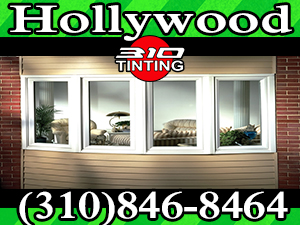
Because of the adverse effects on human health of overexposure to UV radiation, including skin cancer, cataracts, and premature skin aging, the World Health Organization does not recommend the use of UV tanning devices for cosmetic reasons. Studies have shown that tanning bed usage is associated with an increased risk of skin cancer, including melanoma.
Different Shades and Colors Best Prices
Tanning lamps
Tanning lamps are the part of a tanning bed, booth or other tanning device which produces ultraviolet light responsible for tanning. There are hundreds of different kinds of tanning lamps most of which can be classified in two basic groups: low pressure and high pressure.

Within the industry, it is common to call high-pressure units “bulbs” and low-pressure units “lamps”, although there are many exceptions and not everyone follows this example. This is likely due to the size of the unit, rather than the type. Both types require an oxygen free environment inside the lamp.
Fluorescent tanning lamps require an electrical ballast to limit the amount of current going through the lamp. While the resistance of an incandescent lamp filament inherently limits the current inside the lamp, tanning lamps do not and instead have negative resistance. They are plasma devices, like a neon sign, and will pass as much current as the external circuit will provide, even to the point of self-destruction. Thus a ballast is needed to regulate the current through them.
Avoid Skin Burning
Claimed benefits
Efforts by the tanning industry to frame artificial UV radiation (UVR) as a product associated with health and fitness have been challenged successfully by proponents of public health such as the World Health Organization’s International Agency for Research on Cancer, the US Department of Health and Human Services, the European Union, the Canadian Cancer Society, the Canadian Pediatric Society, several provinces in Canada, and states throughout Australia and the United States.
The US FDA and the FTC forbid use of the words “safe” or “safer than” regarding indoor tanning, in response to a claim by the tanning industry that indoor tanning provides greater control over UV exposure to customers over outdoor exposure. E.g. it is claimed that a tanning bed offers an environment that delivers consistent, predictable exposure.
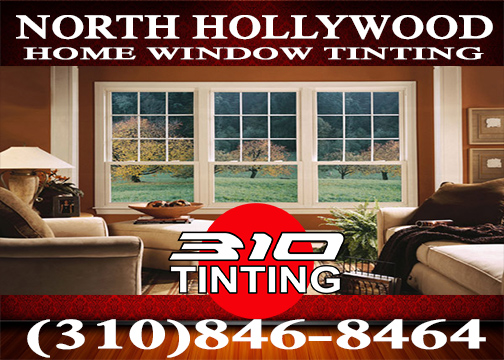
However, there is no evidence that this provides a safe or even safer environment, and a number of studies demonstrate that indoor tanners are quite likely to get burned and suffer other skin damage during their indoor tanning sessions.
Risks
Overexposure to ultraviolet radiation is known to cause skin cancer, advance skin aging and wrinkling, mutate DNA, and reduce immune system response. Tanning bed use is associated with an increased risk of being diagnosed with both melanoma and non-melanoma skin cancer.
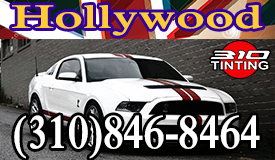
Children and adolescents who use tanning beds are at greater risk because of biological vulnerability to ultraviolet radiation.
Nanotechnology Great heat rejection
Best Glass Window Tinting in West Hollywood
Government and skin cancers
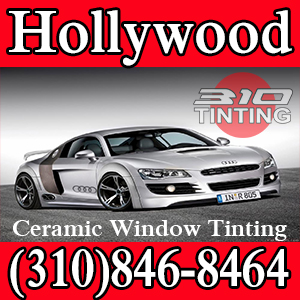
The US Public Health Service states that UV radiation, including the use of sun lamps and sun beds are “known to be a human carcinogen.” It further states that the risk of developing cancer in the years after exposure is greatest in people under 30 years old. A Report of the International Agency for Research on Cancer (IARC) suggested in 2005 that policymakers should consider enacting measures, such as prohibiting minors and discouraging young adults from using indoor tanning facilities.
Since then, many states have mandated parental consent for persons under the age of 18 prior to tanning bed use.
There is scientific evidence that each of the three main types of skin cancer, basal cell carcinoma (BCC), squamous cell carcinoma (SCC) and melanoma, is caused by UV exposure. Women who visited a tanning parlor at least once a month were 55% more likely to later develop melanoma than women who did not artificially suntan.
Young women who used sun lamps for tanning while in their 20s had the largest increase in subsequent cancer risk – about 150% higher than similar women who did not use tanning beds. Overexposure to ultraviolet radiation induces at least two common genetic mutations. Those include cyclobutane–pyrimidine dimers (CPDs) and 6–4 photoproducts (6–4PPs) and their Dewar valence isomers.
Safer kids have their window tinting in North Hollywood
Young people
Children and adolescents who use tanning beds are at greater risk because of biological vulnerability to UV radiation. Epidemiological studies have shown that exposure to artificial tanning increases the risk of malignant melanoma and that the longer the exposure, the greater the risk, particularly in individuals exposed before the age of 30 or who have been sunburned.
Melanoma is increasing faster in females 15–29 years old than males in the same age group. In females 15–29 years old, the torso is the most common location for developing melanoma, which may be the result of high-risk tanning behaviors.
One study conducted amongst a college student population found that awareness of the risks of tanning beds did not deter the students from using them. A study published in Pediatrics in 2002 identified the main psychosocial factors of children and adolescents who using tanning beds as: having friends who tan, the belief that it’s ok to get burned in order to achieve a good tan, and that having tanned skin is more attractive and healthier looking than pale skin.

Comparison to natural tanning
Most tanning beds have about the same amount of UVA as sunlight (as opposed to UVB), while the ‘warning signs’ of overexposure, such as sunburn, do not appear at the same rate indoors as out. Furthermore, the radiation levels are more intense, requiring individuals to limit their exposure to very brief periods.

The carcinogenic mutations in some skin cancers have been linked to UV-A radiation more than UV-B, suggesting that beds have different risks than natural light. The UV-A light is also more strongly associated with skin aging than UV-B, and with genetic damage.
Window Tinting Hollywood with UV shield
Some people with keratosis, psoriasis, and eczema are treated with UV-B light therapy. This is typically in the 310 nm to 315 nm portion of the UV-B spectrum. Virtually all fluorescent tanning lamps have one spectral peak within this region of the UV-B spectrum, making them an effective tool in mild to moderate cases.
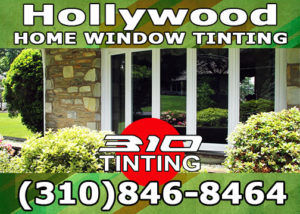
In some circumstances, salon memberships have been prescribed and more rarely the purchase of home tanning beds has been prescribed by doctors and may be covered by insurance policies.
Tanning is a risk for the skin
Tanning may temporarily help some forms of acne by drying out the skin, but it is not a solution that lasts for very long. Further, most prescription or over the counter acne medications (e.g. Accutane, benzoyl peroxide, Retain-A), when used in combination with ultraviolet exposure, may lead to burning or delayed healing due to photosensitivity that these drugs (and many others) can create.
UVA light therapy is also used in dermatology. This is often combined with either an oral or topical medication called Psoralen. This combined therapy is referred to as PUVA.
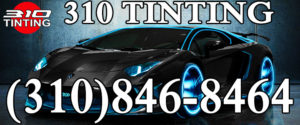
310 TINTING - Applications we provide:
Car window tinting in Hollywood | tint removal in West Hollywood | North Hollywood window tinting Laws | CHP police fix it ticket | carbon charcoal ceramic | window tint | front windshield window tinting | Clear Bra | Car Wrapping | Black Matte | Residential window tinting Los Angeles window tinting Commercial | tint removal | house | Home| store | Mall | Shopping Center | ceramic window tinting in Hollywood | North West Metallic window tinting in Hollywood | Dye window tinting films | Hospital window treatment | government security film |office window tinting in Hollywood | Heat Rejection in Hollywood | UV ray window tinting in North Hollywood | sun and radiation in West Hollywood | frost window tinting shades | yacht liner | Marine window tinting | boat | yacht
Hollywood Window Tinting

Residential - Auto - Commercial - Marine
Marine window tinting in Hollywood
Yacht Window Tinting Hollywood
Power Boat Window Tinting in West Hollywood
North Hollywood Window Tinting
Automotive window tinting in Hollywood
Car Window Tinting in West Hollywood
Auto window tinting in North Hollywood
SUV West Hollywood window tinting
Company Fleet Window Tinting in NoHo
Residential Window Tinting in North Hollywood
Home Window Tinting in Hollywood
House Window Tinting in West Hollywood
Sliding Door Window Tinting in Hollywood
Architectural window tinting in N Hollywood
Commercial Window Tinting in Hollywood
Office Window Tinting in West Hollywood
Security Window Tinting in Hollywood
Anti-Graffiti window tinting in North Hollywood
Car Wrapping in Hollywood
